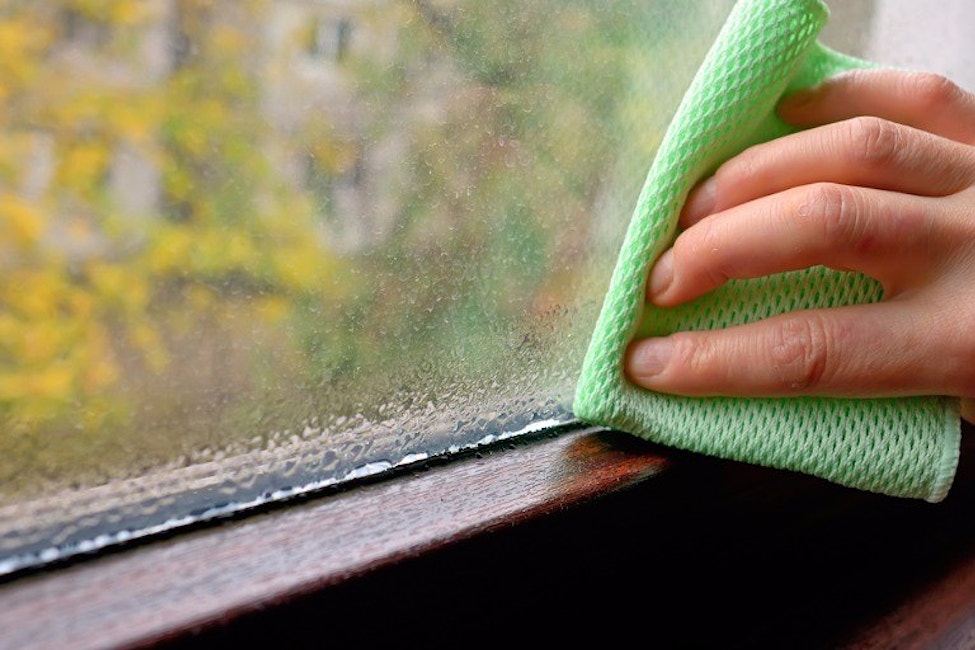Advice for tenants: winter maintenance and avoiding condensation

"While winter is the ideal time to prune the garden back in preparation for Spring, condensation can be a difficult problem to manage. Read on to find out why condensation occurs and how it can be reduced through the last few weeks of winter", Simone Bermingham, Manager - Property Management Department Doncaster.
What is Condensation?
When water vapour is present in the air, it can travel through a residence and condense as it comes into contact with cooler surfaces, such as a wall or ceiling.
Air that is heavily laden with water vapour is commonly referred to as highly humidified air. Water vapour is extracted from highly humidified air upon contact with a cool surface, leaving visible condensation behind.
Common places for condensation to occur are windows, un-insulated exterior walls and bedrooms. Condensation is particularly prone to areas with minimal air movement, such as the corners of a room.
Indoor condensation can not only cause damage to fabrics, discolouration of paint and wallpaper, but can also encourage the growth of mold.
Condensation can be reduced with better ventilation – which removes and replaces humid, damp air with drier air.
Tips to improve ventilation and reduce condensation:
- Open Windows and doors wherever possible
- Use extractor fans so steam can escape when cooking, using the shower, bath and clothes dryer
- Wipe condensation off walls and windows when it occurs
- Hang washing outside rather than using a tumble dryer (unless externally ventilated)
- If water leaks or spills occur indoors it is important to clean and dry the area immediately or preferably within 24-48 hours
- The home should be ventilated each day by opening windows and doors where possible
- Exhaust fans should be kept clear and cleaned regularly
- Do not push furniture right up against the walls, especially external walls which are often the coldest in a room. Air will then have a free flow around the room
- Do not completely fill cupboards to bursting point, allow the air to flow freely
- Air conditioning units are effective in de-humidifying, run air conditioning on cooling mode to de-humidify
- Use a Dehumidifier to dry a wet area quickly
Who is responsible for the condensate?
Condensate is a common problem in buildings, particularly in bathrooms, laundries and windows.
Where the requirements of the building code have been complied with, the responsibility for controlling condensation and maintaining adequate ventilation through the installation and use of exhaust fans is the responsibility of the owner.
As such, the generation of condensation within the building is the responsibility of the resident, who should proactively manage and minimise the effect of condensation.
In Summary
Taking a common-sense approach to mould and condensation issues in your home will assist in making the home a safe and healthy environment to live in.
This Article is general in nature and not specific to any particular property and not to be taken as advice.









